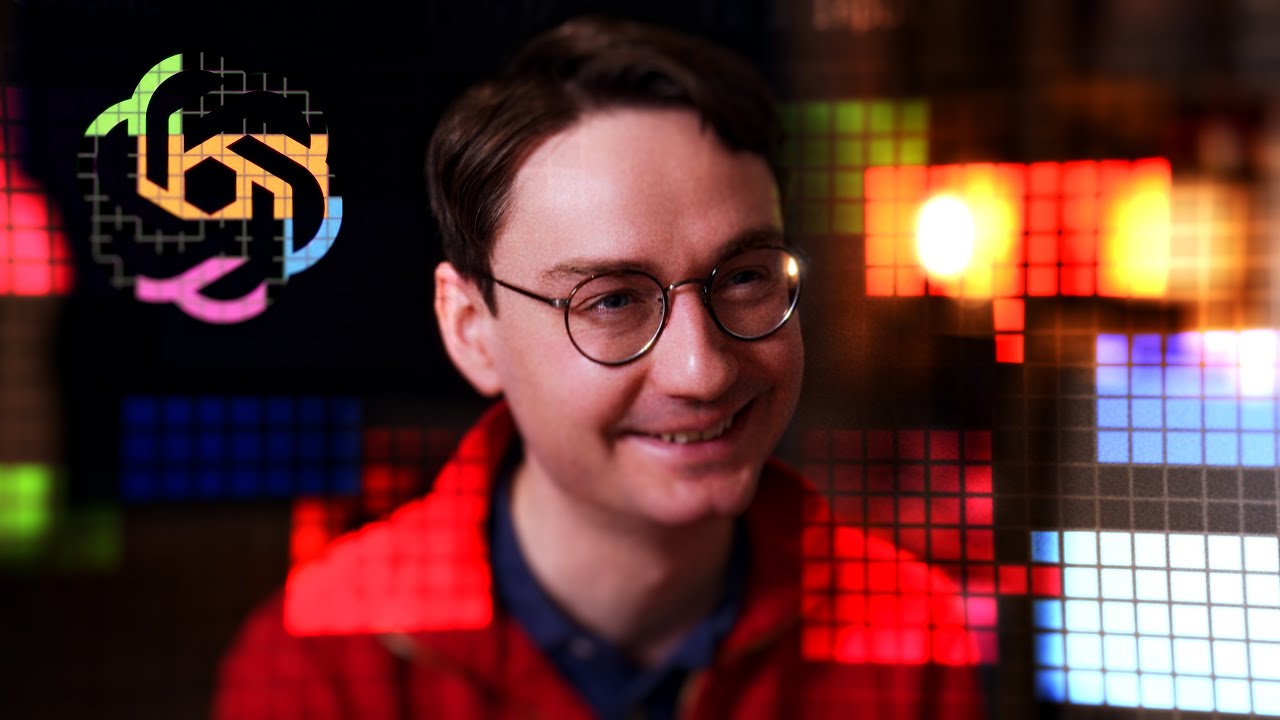François Chollet discusses the need for a hybrid approach in AI that combines deep learning with symbolic reasoning, emphasizing the importance of adaptability and the ability to generate new abstractions for effective problem-solving. He highlights advancements like OpenAI’s O1 model, which showcases a significant leap in generalization power, and envisions a future where programming becomes more accessible through natural language interfaces, enabling collaborative problem-solving with AI.
In the video, François Chollet discusses the intersection of deep learning and symbolic reasoning, emphasizing the need for a hybrid approach that combines intuition and structured reasoning. He argues that human cognition is a blend of both, and that effective AI systems should similarly integrate continuous abstractions from vector spaces with discrete symbolic reasoning. Chollet expresses his long-standing commitment to deep planning and program synthesis, advocating for the enhancement of these methods with symbolic elements rather than replacing them entirely.
Chollet elaborates on the concept of reasoning, distinguishing between two forms: one that involves applying memorized patterns and another that requires recombining knowledge to tackle novel problems. He highlights the importance of adaptability in AI systems, suggesting that true reasoning involves the ability to generate new abstractions and solutions on the fly. This adaptability is crucial for AI to progress beyond mere memorization and pattern recognition, which are common limitations of current models.
The discussion shifts to the recent advancements in AI, particularly the emergence of models like OpenAI’s O1, which Chollet views as a significant breakthrough in generalization power. He explains that O1 operates through a sophisticated search process in the space of possible solutions, adapting to new tasks by generating natural language programs that describe its actions. This capability represents a departure from classical deep learning paradigms, indicating a move towards more dynamic and flexible AI systems.
Chollet also addresses the challenges of benchmarking AI performance, particularly in relation to compute budgets. He argues that future benchmarks should incorporate the amount of compute used to achieve results, as this will provide a clearer understanding of a model’s efficiency and effectiveness. He emphasizes the need for ongoing development of new benchmarks, such as Arc 2, which aims to address the limitations of previous competitions by introducing more diverse and challenging tasks.
Finally, Chollet shares his vision for the future of programming and AI, suggesting that programming will become more accessible to non-technical users through natural language interfaces and collaborative interactions with AI. He envisions a world where individuals can describe their automation needs without needing to write code, allowing AI to generate solutions autonomously. This democratization of programming, combined with lifelong distributed learning architectures, could lead to a new era of intelligent systems capable of solving complex problems collaboratively.
